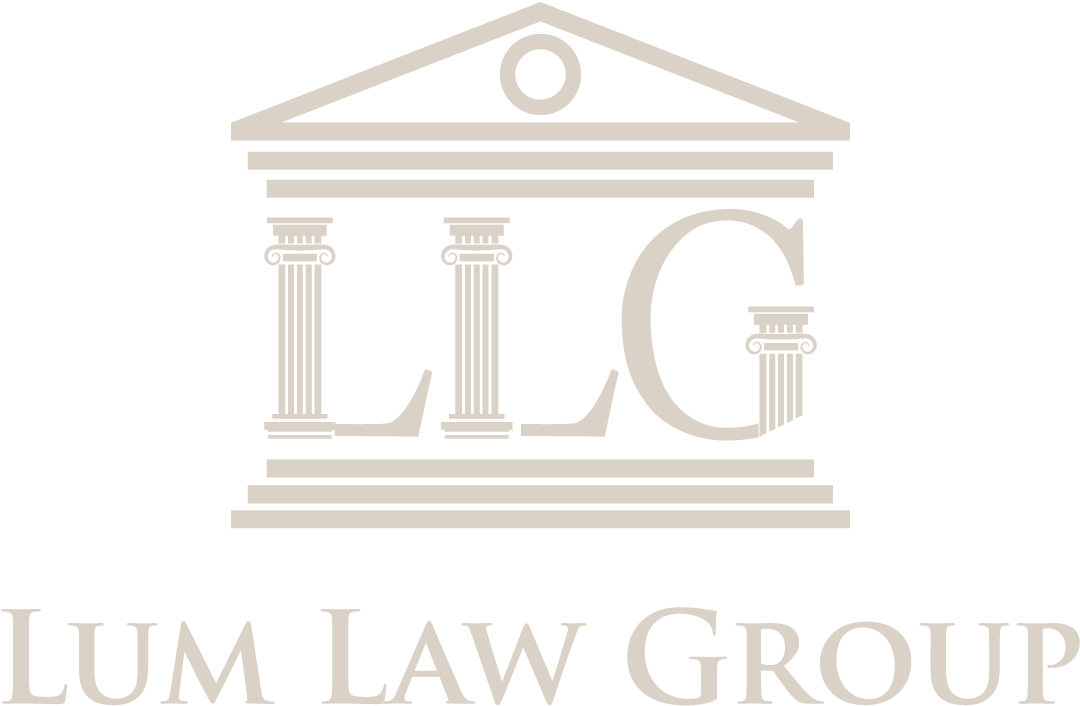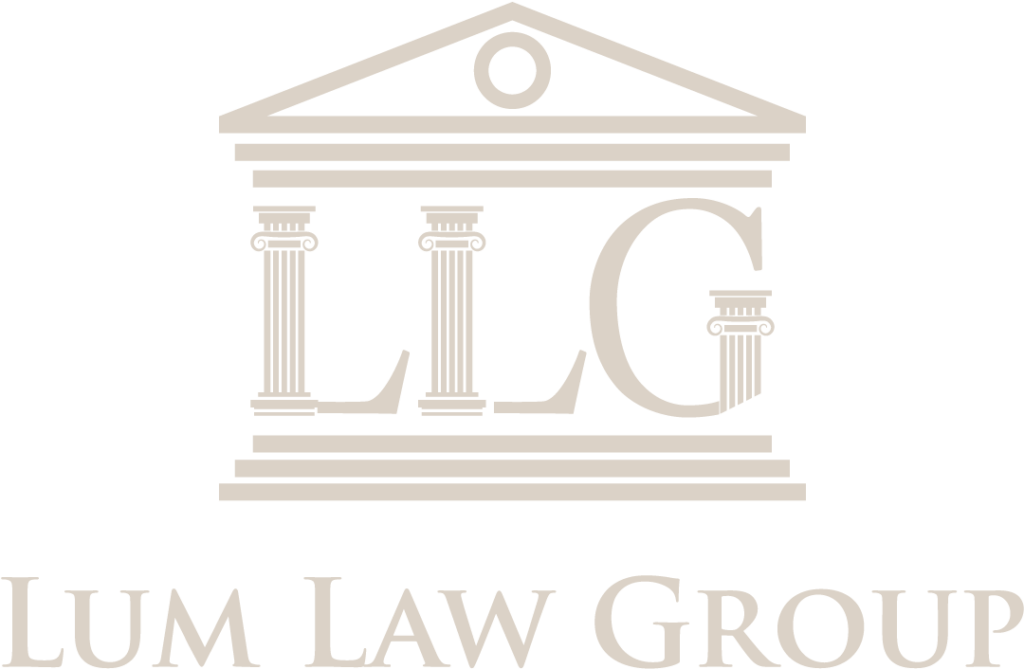7 Most Frequently Asked Questions about the EB-5 Visa

With the upcoming EB-5 investor visa changes underway, many clients have been asking about the EB-5 visa. If you’re interested, we encourage you to apply for the EB-5 investor program before November 21, 2019. By applying before the deadline, you can take advantage of current investment thresholds ($1 million, $500,000). If you reach the end […]
What is the New Healthcare Ban and how can it affect my immigration case?
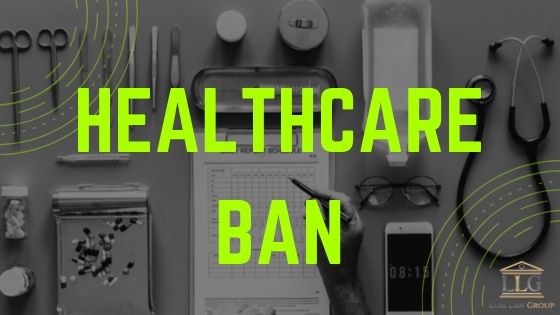
Starting November 3rd, 2019, the new “Healthcare Ban” will affect incoming lawful immigrants. This ban is similar to the travel ban in that the same Immigration Nationality Act section that upheld the travel ban also serves as the basis for the Healthcare Ban. The President announced that the influx of incoming immigrants without access to […]
What does “Administrative Processing” mean in Immigration?
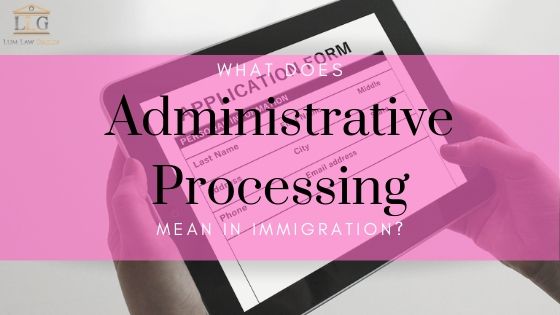
When applying for a visa to the United States, many applicants worry about their “administrative processing” status. Some think this means they are doomed for denial. Others are just confused as to why there is a delay. In this article, we will briefly explain what administrative processing means in U.S. visa processing. Background Check The […]
3 New Changes for H1-B Filers in 2019
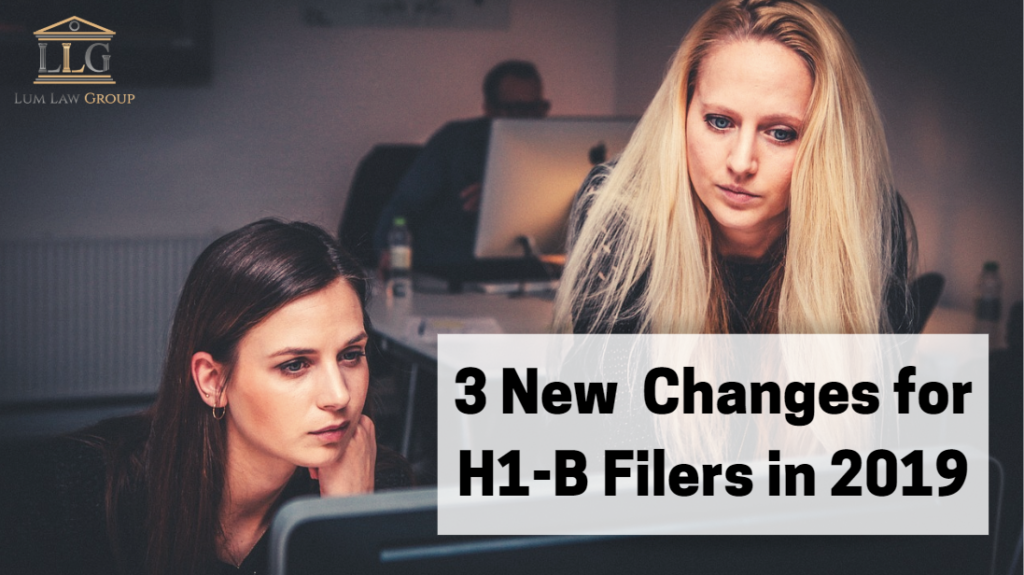
Here at Lum Law Group, we have already begun preparing H1-B petitions on behalf of our clients. If you plan on filing this year, do not wait till mid-March (it might be too late!) Contact our office for answers and assistance on filing your H1-B petition this year! On January 31, 2019, DHS has issued […]
Is Immigration affected by the Partial Government Shutdown?
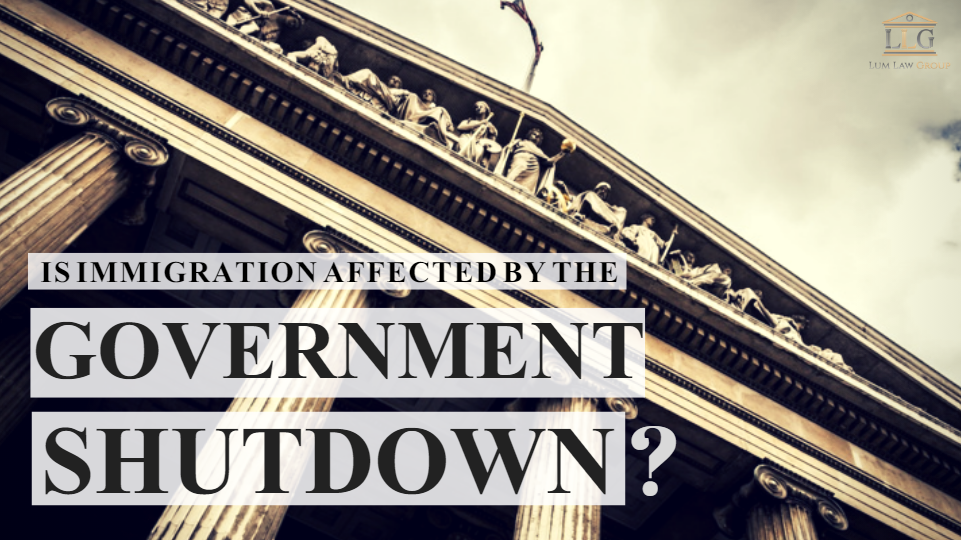
With the recent (partial) government shutdown, many are left wondering what will happen once the holidays are over and everyone is back to business. We know a partial government shutdown affects federal employees, but how does it affect you? To answer your questions, we’ve collected key points from a variety of sources (listed at the […]
What does “Public Charge” mean and how does it affect me?
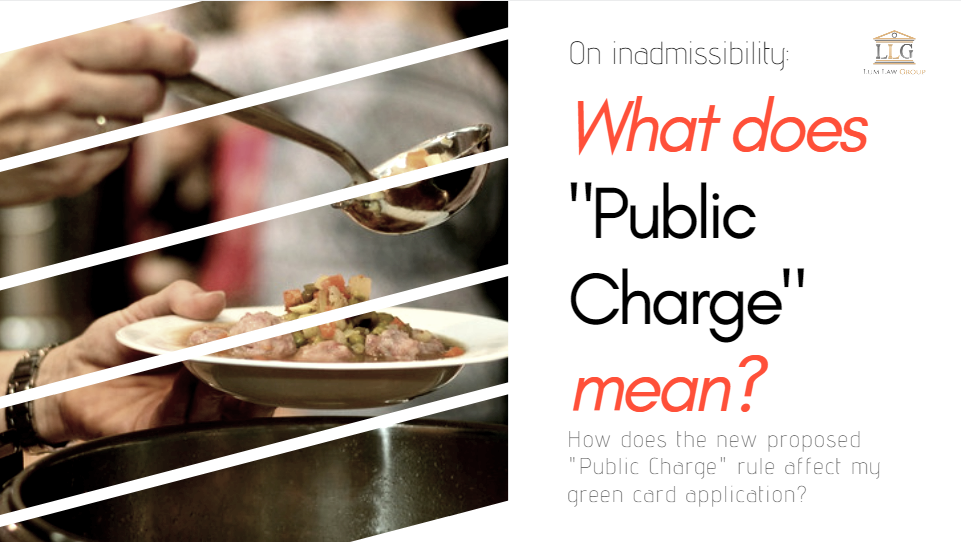
We have noticed conflicting information regarding the recent proposed changes to the existing public charge inadmissibility grounds. To read the actual notice published on October 10, 2018, the Notice of Proposed Rulemaking, from United States Citizenship & Immigration Services (USCIS), please click here. We hope this article will clarify the key questions our clients ask us […]
Attention F-, M-, and J-visa holders! Will you be unlawfully present starting August 9th, 2018?

Update: On August 9, 2018, USCIS updated their previous policy memorandum. Under the revised policy memorandum, F- and M- nonimmigrant visa holders who “fall out of status” while their applications are pending but timely applied for reinstatement of status will have their “accrual of unlawful presence suspended while their application is pending.” On May 11, […]
5 Reasons why it’s already too late to file your H1B petition
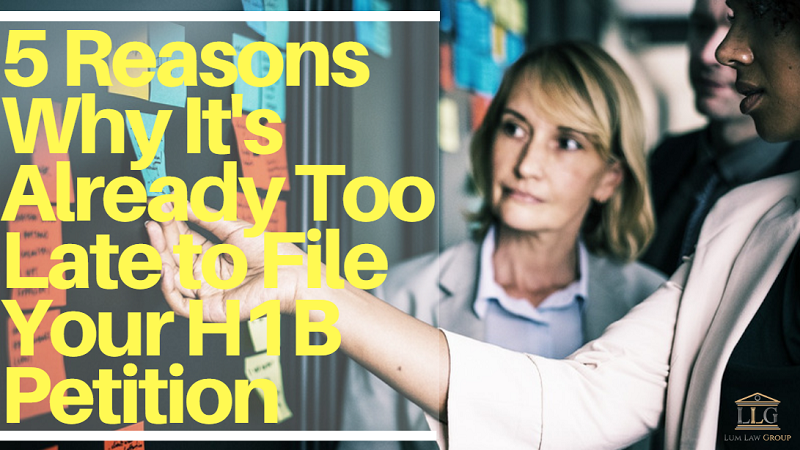
While Spring marks the busy federal and state tax season for CPAs and Tax preparers, H1B is the busy season for immigration law firms. The difference is that “File your taxes with us!” ads don’t start coming out till February-March when companies big and small begin aggressively marketing their clever tax preparation services; yet by […]
If you’re paying more than 15 euros for an ESTA, you’re being scammed
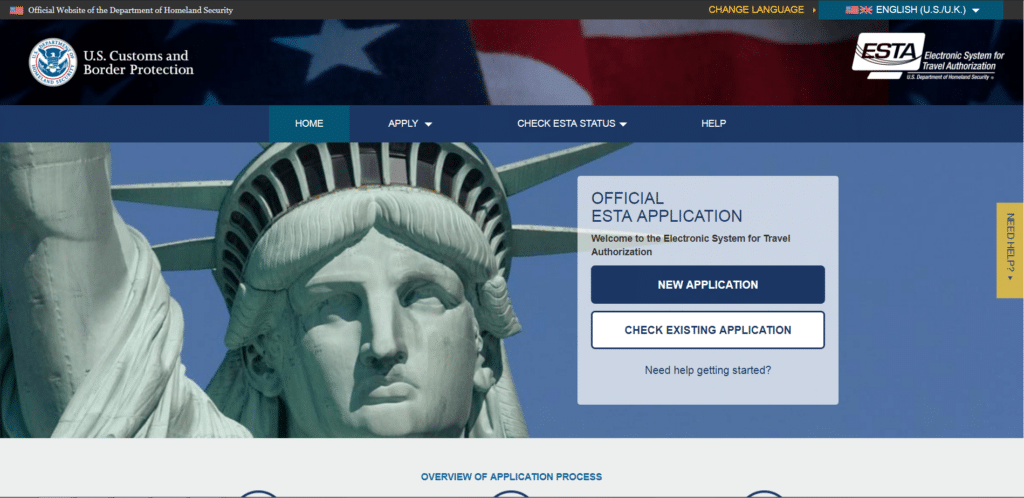
The Electronic System for Travel Authorization (ESTA) is for visitors (aka tourists) from qualifying countries under the Visa Waiver Program (VWP) who want to visit enter the US for up to three months. Where before, such visitors could visit without any prior authorization, now they are required to register to ensure that they “pass” the […]
